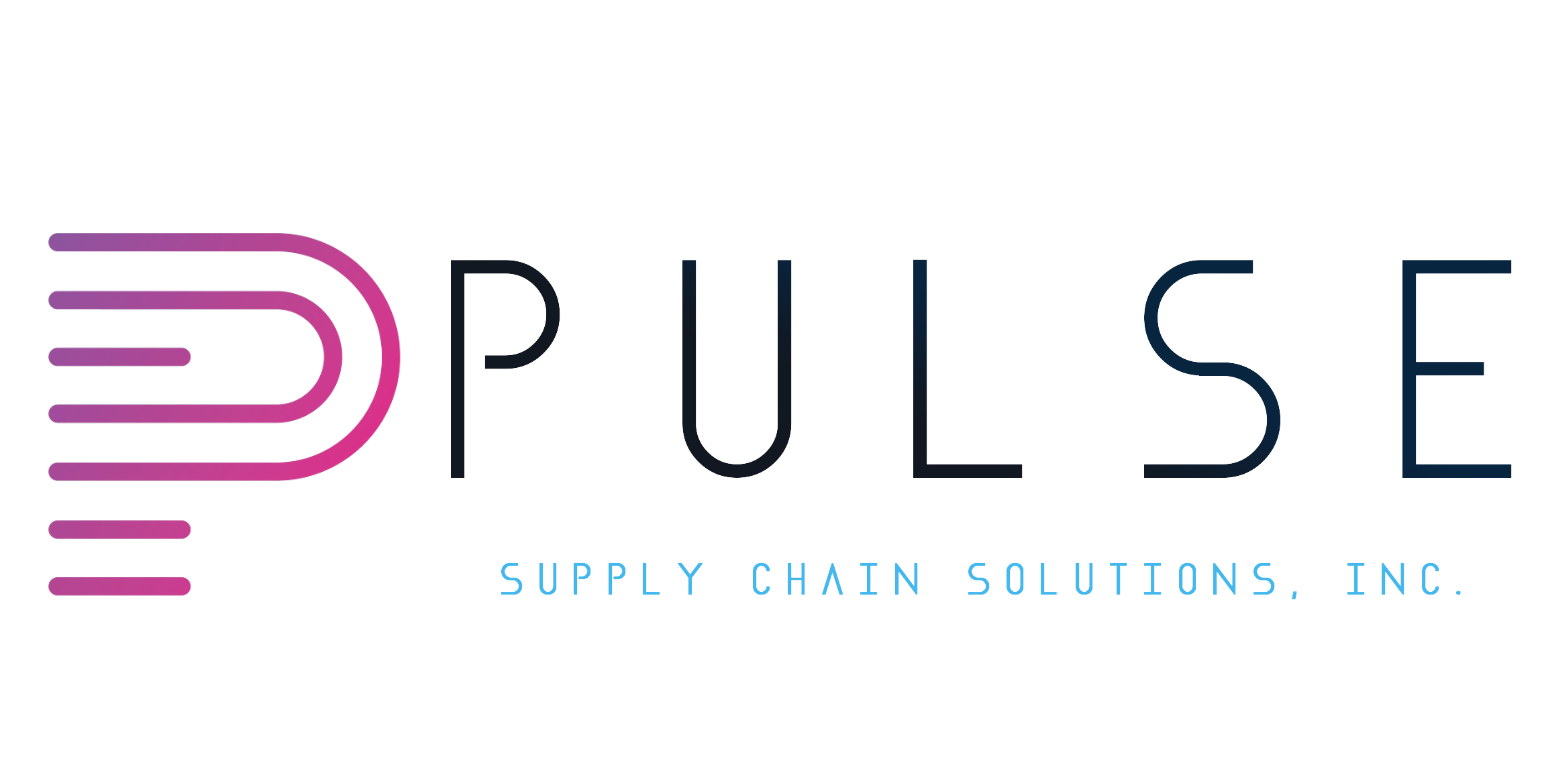
In a time where technology evolves at a dizzying pace, digital equity is becoming a fundamental question for society—and especially for industries like IT Asset Disposition (ITAD). As we address the environmental and financial implications of retiring electronics, the ethical dimension of ensuring access to digital tools and infrastructure becomes increasingly important. But how do these two concepts—digital equity and ITAD—intersect? And can the ITAD sector play a pivotal role in closing the digital divide?
Digital equity refers to the idea that everyone, regardless of their socio-economic background, geographic location, or identity, should have access to affordable, reliable digital tools and the knowledge to use them. It’s not just about having a smartphone or computer; it’s about having the right tools for meaningful participation in today’s digital society. In 2021, the Federal Communications Commission (FCC) estimated that around 19 million Americans still lack access to broadband. This gap is even more pronounced in rural and marginalized communities across the world, highlighting the urgent need to bridge this divide.
But access alone isn’t enough. Imagine digital equity as a river, and access to devices is just the boat. The riverbank—skills and opportunities—is what actually leads to advancement, and without it, you’re just floating in place.
This is where the ITAD sector steps in.
The ITAD industry, traditionally focused on decommissioning and disposing of IT assets in an environmentally responsible way, has recently been exploring new roles in the digital ecosystem. Beyond just preventing e-waste, ITAD companies are uniquely positioned to contribute to digital equity by refurbishing and redistributing electronics. ITAD services can turn what would have been e-waste into life-changing tools, bridging the gap for communities with limited access to new technology.
A report from the World Economic Forum in 2022 revealed that over 53.6 million metric tons of e-waste were generated worldwide in 2019. However, only 17.4% of that was officially documented as properly collected and recycled. Meanwhile, millions of functional or reparable devices are discarded annually, creating an enormous opportunity for ITAD providers to tap into the circular economy and reduce the digital divide through device refurbishment.
The intersection of ITAD and digital equity isn’t just about environmental sustainability—it’s about social sustainability. By refurbishing and redistributing decommissioned assets, the ITAD sector can directly impact the lives of people in underserved communities. A 2020 study by Deloitte highlighted that 70% of lower-income students in the U.S. do not have the appropriate devices for learning from home. ITAD providers can help address this gap by partnering with educational institutions, nonprofits, and government initiatives to ensure these students have access to technology that allows them to thrive in the digital age.
ITAD companies can enhance their mission by incorporating data security and privacy measures into their refurbishment processes. As data becomes the new currency, ITAD’s role in safeguarding sensitive information before redeployment ensures that digital equity initiatives don’t compromise individuals’ or organizations’ security.
What’s often overlooked is that digital equity isn’t just good for society; it’s good for business. A 2021 report by the Global E-Waste Monitor shows that proper e-waste management can lead to significant savings, with the global market for refurbished devices expected to reach $146 billion by 2025. By participating in this movement, ITAD providers stand to tap into an ever-growing market, while enhancing their reputation as leaders in sustainability and corporate social responsibility.
For instance, Dell Technologies reports having refurbished over 2.1 million devices through their ITAD programs between 2019 and 2021, returning value not only to the environment but to communities in need of affordable technology. This circular approach not only reduces e-waste but also demonstrates how ITAD services can be instrumental in creating a more equitable digital future.
As digital equity becomes a more pressing issue, ITAD companies have an opportunity to lead by example. They can take an active role in closing the digital divide, not just by managing assets sustainably, but by redistributing them to those in need. This shift towards a circular economy—one where technology is reused and recirculated instead of wasted—mirrors the broader movement for environmental and social justice.
Metaphorically, ITAD is like a bridge across the digital divide. On one side, we have excess, with companies discarding useful technology. On the other side, we have scarcity, where millions lack the tools they need to succeed in the digital age. ITAD companies are the engineers, working to create a pathway that ensures no one is left behind.
The question, then, is not whether digital equity can be achieved, but whether we’re willing to rethink our approach to technology life cycles. By embracing digital equity as a central part of their mission, ITAD providers can do more than dispose of technology responsibly—they can help build a more inclusive digital world.
Digital equity is a complex issue, but the ITAD sector holds the potential to play a pivotal role in addressing it. By leveraging the principles of the circular economy and committing to responsible refurbishment and redistribution, ITAD providers can bridge the digital divide while creating value for themselves and the communities they serve.
As we look ahead, one thing is clear: a sustainable, inclusive digital future will require every player in the tech ecosystem to do their part. And ITAD, more than ever, stands ready to be a crucial piece of that puzzle.


